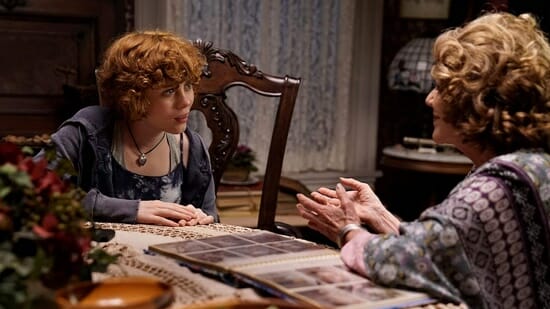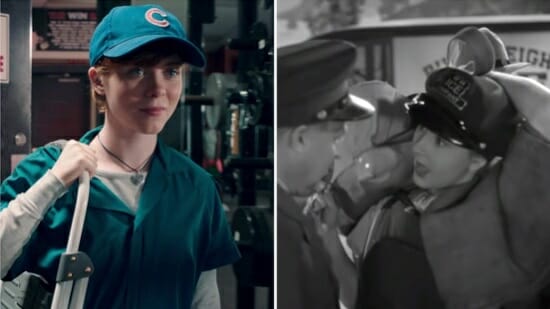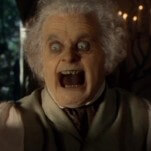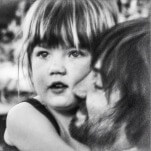Nancy Drew and the Silver Screen
Two hidden staircases, separated by 80 years in film
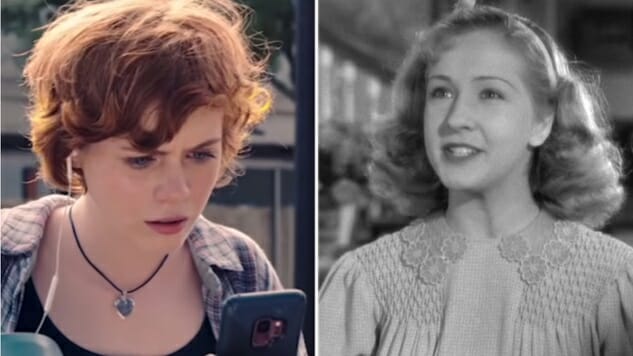
I don’t think Nancy Drew hangs out in the same place in our heads as, for instance, Superman or Batman, and yet every American child knows her. No small number of them could tell you exactly the first time they met her, sitting in a prominent place in the school library or peering out from mom and dad’s (or grandma and grandpa’s) bookshelves.
She’s older than those two caped superheroes (Nancy first hit shelves in 1930, eight whole years before Superman and nine before Batman), older even than the mass-market paperback novel as we now understand it. The chunky little books with the smart lettering on them, lined up by the dozen, come from the same publishing mindset as works like The Rover Boys, which first published in 1899. They’re from a different age.
The comics world recently reacted with outrage at news that the character’s 90th anniversary would be commemorated by a comic mini-series in which those fellow junior sleuths who immediately preceded her creation, the Hardy Boys, will be investigating her (alleged) murder. The writer has of course contended that he has not “fridged” Nancy Drew. The current continuity has already killed Frank and Joe Hardy’s father, Fenton Hardy, so on the one hand, it seems the graphic novel is operating at the sort of stakes that leave longtime characters dead.
On the other, faking her death to lure out conspirators or give her Bayport friends a hand from the shadows is exactly the sort of gambit Nancy might have pulled in any of her gutsy iterations across the past century. Readers will need to pay up and find out. What’s clearer than ever, 90 years after her debut, is that Nancy’s not going anywhere. By 1938, the same year two young writers from Cleveland introduced that other enduring American mythological figure, the novels about the spunky 16-year-old daughter of River Heights’ most prominent lawyer were already being adapted into B-movies.
And in 1939, 80 years before another film adaptation of the same story, Warner Brothers cast B-movie actress Bonita Granville for her final portrayal of Nancy Drew in Nancy Drew and the Hidden Staircase.
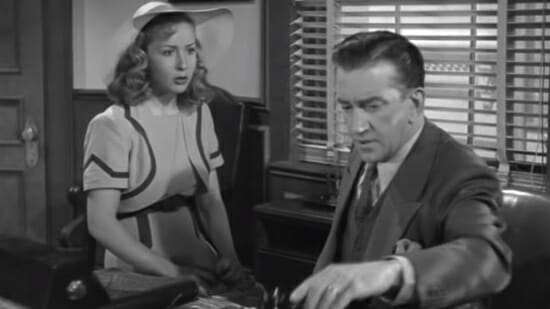
The Hardy Boys debuted in 1927, and it quickly became clear that girls liked them, too. Edward Stratemeyer, creator of the Tom Swift novels and leader of the Stratemeyer Syndicate that owned all those characters, decided there was money to be made selling mystery novels targeting young girls. Writing under the pseudonym Carolyn Keene, Mildred Wirt took over after Stratemeyer conceived the sharp, independent young super sleuth, with her first novel debuting in 1930. By 1938, the character was popular enough to be adapted in B-movies—actual B-movies, as in the shorter, cheaper features designed to run alongside the main feature at your local theater.
In 1939’s Nancy Drew and the Hidden Staircase, our Nancy is dressed to the nines, precocious, and completely resolute in her determination to both protect the innocent and pursue the guilty. So resolute, in fact, that it’s kind of a joke.
Nancy’s father, Carson Drew, is in the midst of a strange inheritance case involving two old women, the Turnbull sisters, who must fulfill some arcane provisions about living in their father’s house before they’re able to claim his inheritance. So of course, somebody or something is going to try to drive them off. Nancy is tipped off to this when a large, rude man barges into her house, seeking her father’s forgotten legal papers.
After Ted (Frankie Thomas, playing a character based on Nancy’s boyfriend Ned Nickerson, who wouldn’t appear until much later in the books) saves her from the guy, they pay a visit to the Turnbull sisters, finding that the same man is their chauffeur and that he’s been killed. Determined to figure out who’s behind the murder and make sure the poor old ladies aren’t scared out of their house and thus their inheritance, Nancy presses a hapless Ted into service helping her solve the mystery.
There’s nothing blatantly regressive in the movie, but it’s really telling what sort of things it finds acceptable for a female hero at the tender age of 16. As the brutish chauffeur tosses her house trying to steal her father’s papers, right away you see the difference between 1939’s Nancy and 2019’s Nancy. (More than just 2019 Nancy’s more lived-in wardrobe: My girlfriend’s nine-year-old, upon seeing Granville’s portrayal, exclaimed “THAT’S Nancy Drew?! She looks fancy.”) This 1939 Nancy is certainly brave—she immediately moves to conceal the object of the home invader’s ransacking—but she’s also nearly paralyzed with fear.
-

-

-

-

- Curated Home Page Articles By Test Admin October 21, 2025 | 3:10pm
-

- Curated Home Page Articles By Test Admin October 21, 2025 | 2:57pm
- Urls By Test Admin October 21, 2025 | 2:57pm
- Curated Home Page Articles By Test Admin October 21, 2025 | 2:55pm
-

-

-

-

-

-

-

-

-

-

-

-

-

-

-

-

-

-

-

-

-

-

-

-

-

-

-

-

-

-

-

